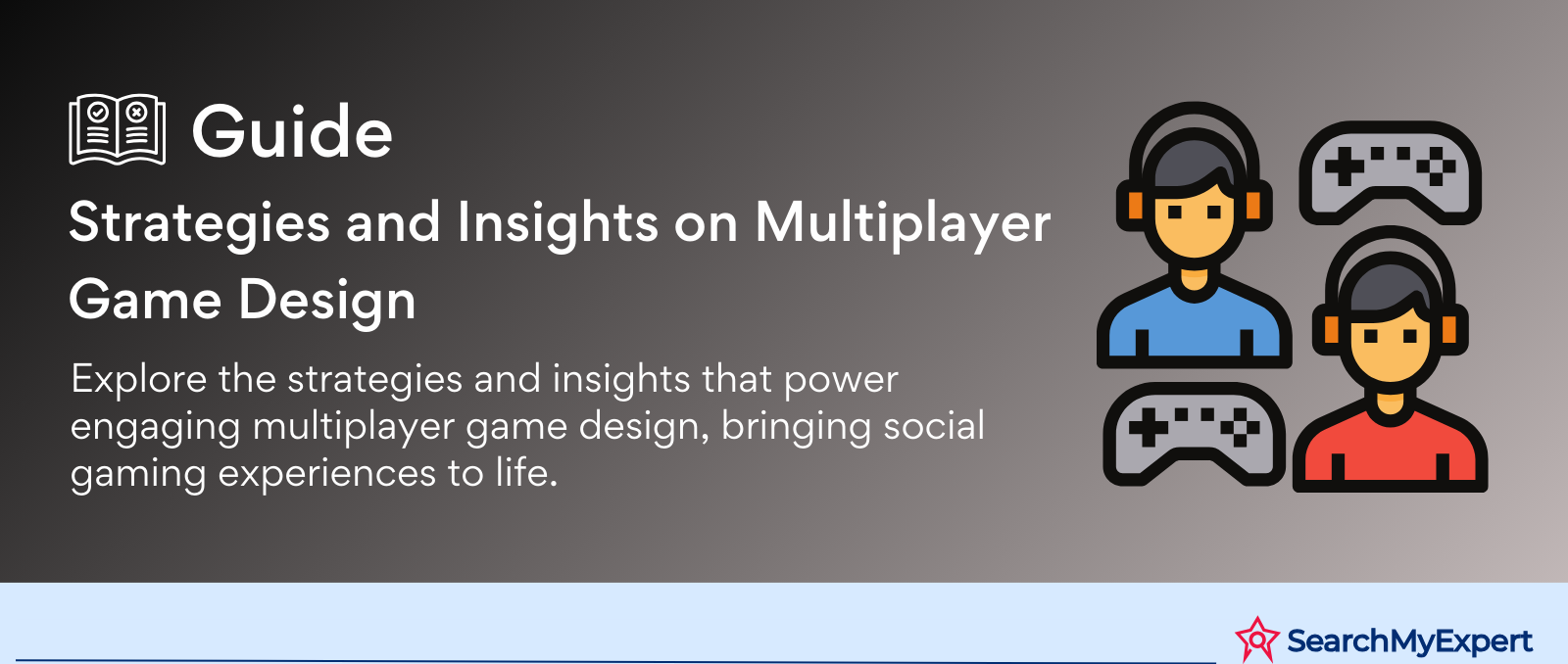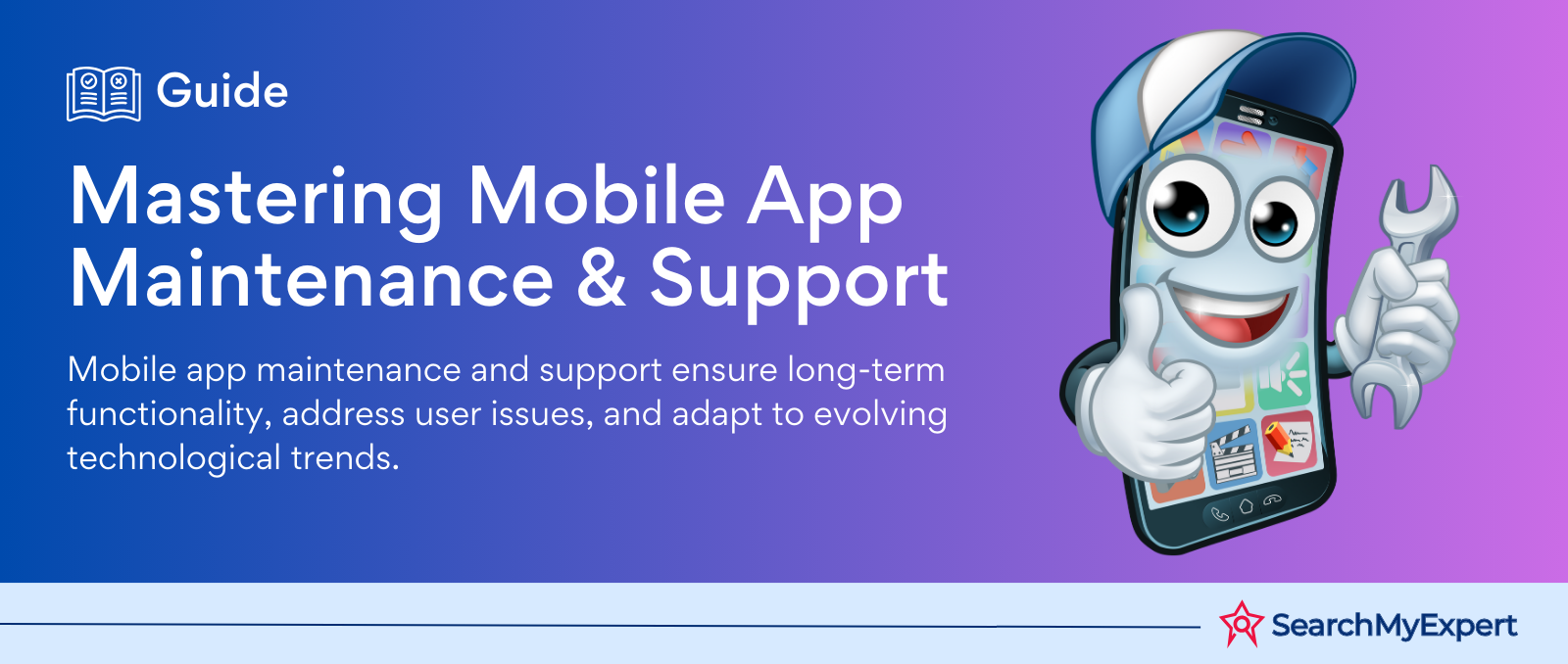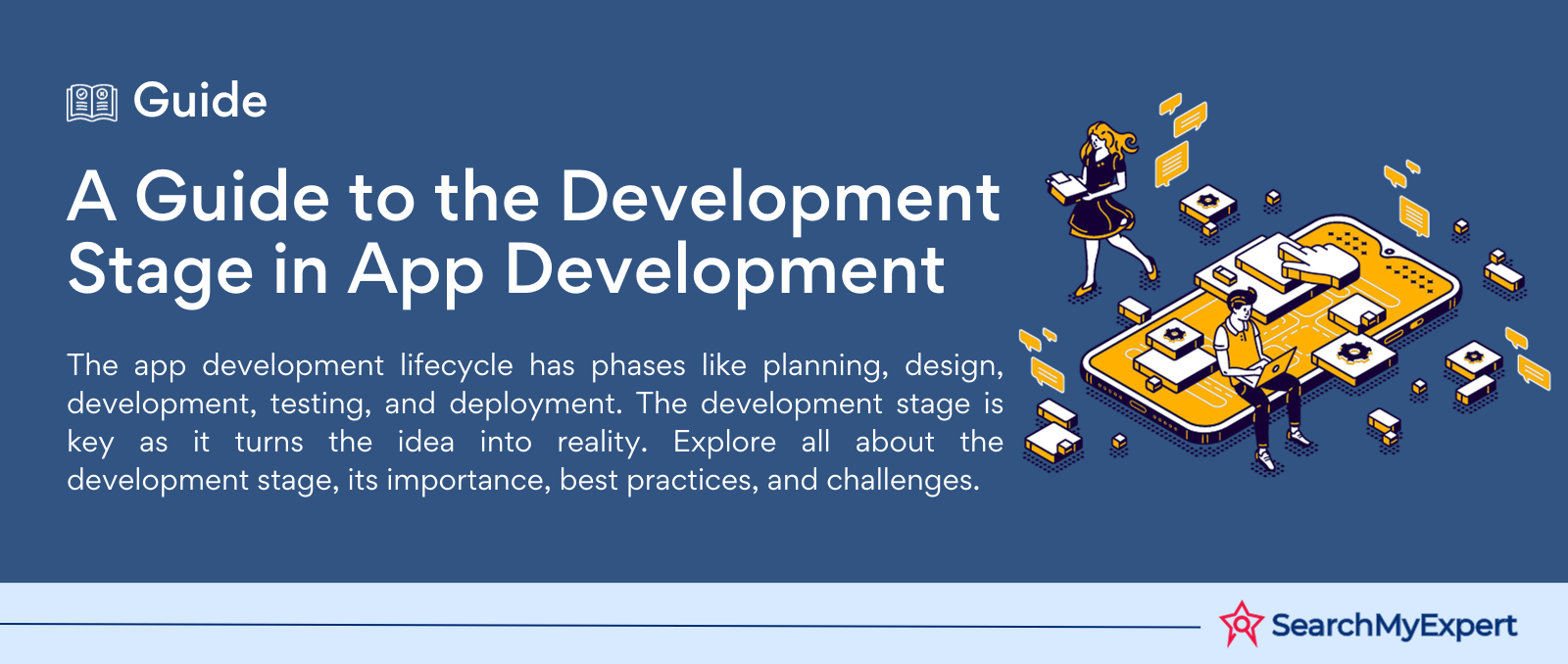Strategies and Insights on Multiplayer Game Design

Introduction to Multiplayer Game Design
Defining Multiplayer Game Design: At its core, multiplayer game design refers to the process of creating games where interaction, competition, or cooperation occurs between multiple players in a shared gaming environment. Distinct from single-player games, where the focus is on one's solo journey against programmed challenges, multiplayer games revolve around player-versus-player (PvP) dynamics, competition, and sometimes, cooperation among players. They differ from cooperative games as well, which are designed primarily for players to work together towards a common goal, often against game-controlled challenges.
Evolution of Multiplayer Games:
- The Early Days (1970s - 1980s): The roots of multiplayer games can be traced back to the 1970s. Classic titles like "Pong" introduced the concept of simple yet engaging competitive play. As the gaming industry expanded in the 1980s, arcade and console games started to emphasize the fun of playing with or against friends. This era saw the rise of iconic games like "Pac-Man" and "Donkey Kong", which, while not multiplayer in the modern sense, laid the foundation for competitive gaming.
- The Rise of Consoles and PC Gaming (Late 1980s - 1990s): This period marked the introduction of local multiplayer games. Games like "Street Fighter" and "Mario Kart" became immensely popular, offering exciting competitive experiences. This era also witnessed the advent of early networked multiplayer games on PCs, where players could compete against each other over local networks.
- Online Multiplayer and the Birth of MMOs (Late 1990s - Early 2000s): The introduction of the internet to the gaming world was a game-changer. Online multiplayer games like "Counter-Strike" and "EverQuest" allow players to interact and compete with others globally. This period gave birth to the MMO (Massively Multiplayer Online) genre, with games like "World of Warcraft" creating vast, persistent worlds for players to explore and conquer together.
- Modern Multiplayer Gaming (2010s - Present): The current era of gaming is characterized by advanced online multiplayer experiences, thanks to improved internet infrastructure and the rise of mobile gaming. Games like "League of Legends" and "Fortnite" have not only dominated the gaming landscape but also influenced popular culture. They offer complex, strategy-based gameplay and have fostered large, dedicated online communities.
Key Genres and Milestones:
- First-Person Shooters (FPS): Games like "Doom" and "Counter-Strike" popularized this genre, focusing on fast-paced, skill-based competitive play.
- Real-Time Strategy (RTS): Titles such as "StarCraft" exemplify this genre, requiring strategic thinking and quick decision-making.
- MMOs: "World of Warcraft" stands as a landmark in this genre, offering a blend of role-playing, exploration, and social interaction in a persistent world.
- Battle Royale: A relatively new genre popularized by "PUBG" and "Fortnite", focusing on survival, scavenging, and last-man-standing gameplay.
Core Gameplay Loop in Multiplayer Games
Understanding the core gameplay loop is crucial for designing engaging multiplayer games. This loop is the repetitive cycle of actions that players engage in while playing, which keeps them hooked and drives the game forward. Different genres have unique core loops, each tailored to their specific style of play. Let's delve into three popular genres: First-Person Shooter (FPS), Multiplayer Online Battle Arena (MOBA), and Real-Time Strategy (RTS).
FPS (First-Person Shooter)
Core Gameplay Loop:
- Preparation: Players select their equipment and strategize with their team.
- Engagement: Players navigate the game environment, seeking out opponents.
- Combat: Engaging in fast-paced, skill-based combat is the heart of the FPS loop.
- Outcome: Each encounter results in either victory or respawn, leading back to engagement.
Player Interaction and Progress:
- Players often interact in teams, coordinating to outmaneuver and outshoot the opposition.
- Progress is marked by skill improvement, unlocking new equipment, or advancing in-game ranks.
Win Conditions:
- Typically, victory is achieved by completing objectives (like capturing a flag) or eliminating the opposing team.
- Success hinges on individual skill and effective team collaboration.
MOBA (Multiplayer Online Battle Arena)
Core Gameplay Loop:
- Lane Phase: Players control characters with unique abilities, battling AI-controlled minions and opposing players in designated lanes.
- Skirmishes: Frequent player-versus-player battles occur, often around strategic objectives.
- Objective Control: Teams strive to control map objectives, providing advantages.
- Push to Victory: The ultimate goal is to destroy the enemy's main structure.
Player Interaction and Progress:
- MOBAs heavily emphasize team strategy and coordination.
- Players progress by leveling up their characters within each match, unlocking and enhancing abilities.
Win Conditions:
- Victory is secured by a combination of strategic play, effective team fights, and destruction of the enemy's main base.
- Collaboration and adaptability to the evolving game state are key to winning.
RTS (Real-Time Strategy)
Core Gameplay Loop:
- Resource Gathering: Players collect resources necessary for building structures and units.
- Base Building: Strategic construction of bases and unit production facilities.
- Unit Production: Creating a variety of units for different combat and utility roles.
- Combat and Expansion: Engaging in tactical battles while expanding territory.
Player Interaction and Progress:
- RTS games focus on strategic planning, resource management, and tactical combat.
- Progress is measured by the expansion of territory, technological advancements, and military strength.
Win Conditions:
- Winning in RTS games often involves destroying the enemy’s bases or achieving specific mission objectives.
- Success requires a balance of aggressive tactics, defensive strategies, and resource management.
Player Progression and Motivation in Multiplayer Games
Designing effective player progression systems is key to maintaining player engagement and encouraging long-term play in multiplayer games. These systems often include character customization, unlocks, and skill trees. Additionally, understanding different types of player motivation is crucial in creating an enjoyable and enduring gaming experience.
Designing Player Progression Systems
Character Customization:
- Offers players the ability to personalize their in-game avatars or characters, enhancing the personal connection to the game.
- Can include aesthetic modifications (like skins, costumes, or avatars) and functional customizations (such as different weapons or gear).
Unlocks:
- Reward players with new content as they reach certain milestones or achieve specific goals.
- Common unlocks include new characters, equipment, levels, or abilities, motivating players to continue playing to see all the game offers.
Skill Trees and Upgrades:
- Allow players to enhance their characters or equipment in specific directions, fitting their play style.
- Skill trees can provide strategic depth, as players must decide which skills or abilities to prioritize.
Achievements and Trophies:
- Recognize players for completing specific challenges or reaching certain milestones.
- They add a layer of goals for players to strive towards.
Types of Player Motivation
Competition:
- Many players are driven by the desire to compete against others and prove their skills.
- Competitive elements like leaderboards, rankings, and tournaments can cater to these players.
Cooperation:
- Some players enjoy working together with others to achieve common goals.
- Cooperative play can be encouraged through team-based objectives, shared rewards, and mechanics that require player collaboration.
Social Interaction:
- Multiplayer games often serve as social platforms, where players interact, form communities, and make friends.
- Features like clans, guilds, chat systems, and social events can enhance the social aspect of games.
Personal Achievement:
- This motivation stems from players wanting to overcome challenges and complete all aspects of a game.
- Catering to these players involves creating challenging content, comprehensive achievement systems, and offering difficult-to-achieve rewards.
Each type of player motivation can be targeted with specific game design elements. For example, competitive players might be drawn to games with ranked play and eSports potential, whereas cooperative players might prefer games with strong team dynamics and joint objectives. Understanding and catering to these motivations can create a more engaging and rewarding experience for all players.
Game Modes and Matchmaking in Multiplayer Games
Developing a range of game modes and an effective matchmaking system is essential in creating an engaging multiplayer gaming experience. These elements cater to different player preferences, ensure fair play, and maintain the game's longevity and appeal.
Developing Diverse Game Modes
Understanding Player Preferences:
- Players have varied tastes, from those who enjoy fast-paced, competitive play to those who prefer strategic, team-based challenges. Recognizing these preferences is key to designing appealing game modes.
- Surveys, player data analysis, and community feedback can provide insights into what players want from the game.
Types of Game Modes:
- 1v1 or Duel: This mode pits two players against each other, often favored by those who enjoy direct competition and skill-based matchups.
- Team Deathmatch: Teams compete to achieve the most kills within a time limit or score limit. This mode emphasizes teamwork and coordination.
- Capture the Flag (CTF): Teams try to capture each other's flags while defending their own. CTF combines offensive and defensive strategies and teamwork.
- Objective-Based Modes: These modes require teams to complete specific objectives, like controlling points on the map or escorting a payload.
- Battle Royale: Players or teams compete to be the last standing in an ever-shrinking play area. This model is popular for its blend of survival, exploration, and combat.
- Co-op Modes: Players team up against AI challenges. These are great for players who prefer cooperation over competition.
Balancing and Testing:
- Each mode needs to be thoroughly tested and balanced to ensure fairness and enjoyability. This involves tweaking game mechanics, adjusting maps, and ensuring no strategy or character is disproportionately powerful.
Accessibility and Skill Levels:
- Modes should cater to various skill levels. For instance, having beginner-friendly modes or matchmaking brackets can help new players ease into the game.
- Accessibility options, like adjustable difficulty or assists, can make the game more inclusive.
Designing a Matchmaking System
Player Skill Assessment:
- Implementing a reliable system to gauge player skill is crucial. This could involve a ranking system based on wins/losses, individual performance metrics, or a combination of both.
- Accurate skill assessment ensures that players are matched with and against others of similar skill levels, creating more balanced and enjoyable matches.
Latency Considerations:
- High latency or lag can ruin the multiplayer experience. The matchmaking system should prioritize connecting players with low ping to each other.
- Players could have the option to choose servers or regions to minimize latency issues.
Player Preferences and Flexibility:
- Matchmaking should account for player preferences, such as desired game mode, team size, or competitive versus casual play.
- Players should have some flexibility in their matchmaking choices, but not so much that it significantly increases waiting times for matches.
Fairness and Cheating Prevention:
- Ensuring fair play is critical. This involves having systems to detect and penalize cheating or toxic behavior.
- Matchmaking can also incorporate player behavior scores, matching well-behaved players together.
Continuous Monitoring and Adjustment:
- Regularly monitoring matchmaking efficiency, fairness, and player satisfaction is necessary. This can involve analyzing match data, player feedback, and engagement metrics.
- Adjustments and updates based on this data can help keep the matchmaking system effective and fair.
Balancing and Competition in Multiplayer Games
Balancing is a critical aspect of multiplayer game design, impacting player experience and the overall health of the game. Proper balance ensures fair competition, maintains player interest, and upholds the integrity of the game. In this discussion, we'll explore the importance of balancing different game elements and address concerns regarding "pay-to-win" mechanics.
Importance of Game Balance
Fairness and Competition:
- Balanced gameplay creates a level playing field where skill and strategy determine success, rather than inherent advantages from unbalanced game elements.
- Fair competition is crucial for player satisfaction and retention. Players are more likely to stay engaged with a game if they feel victories are earned and defeats are fair.
Character, Weapon, and Ability Balance:
- In games with diverse characters, weapons, or abilities, balancing these elements is essential to prevent any single choice from becoming dominant.
- Balancing involves tweaking attributes like damage output, health, speed, and utility to ensure each option has strengths and weaknesses.
Dynamic Balancing:
- Balancing is not a one-time task but a continuous process. Player feedback, performance data, and meta-game trends should guide ongoing balance adjustments.
- Regular updates and patches can address balance issues, keeping the game fresh and competitively interesting.
Testing and Community Feedback:
- Playtesting and community involvement are invaluable in identifying balance issues. Players often uncover exploits or strategies that developers may not have anticipated.
- Open communication with the player base about balance changes can build trust and community engagement.
Approaches to Balancing
Data-Driven Balancing:
- Analyzing player data and performance metrics can provide insights into balance issues. This includes win rates, pick rates, and player feedback.
- Data-driven decisions can help objectively identify which elements need adjustments.
Asymmetric Balancing:
- In games where characters or factions are fundamentally different, asymmetric balancing can be employed. This approach focuses on making each option unique yet viable in its way.
- Successful asymmetric balancing requires careful consideration of how different elements interact with each other.
Player Skill Consideration:
- Balancing for different skill levels is crucial. Some elements may be overpowered at lower skill levels but balanced or underpowered at higher levels, or vice versa.
- Separate balancing for casual and competitive play can sometimes be necessary.
Iterative Balancing:
- Implementing small, frequent balance changes can be more effective than large, infrequent ones. This allows for gradual adjustments and better observation of their impact.
Addressing "Pay-to-Win" Concerns
Defining "Pay-to-Win":
- "Pay-to-win" refers to game mechanics where players can gain significant advantages over others by spending real money, often seen as unfair and detrimental to game integrity.
- Developers need to distinguish between monetization and game balance to avoid alienating the player base.
Avoiding Pay-to-Win Mechanics:
- Monetization should focus on cosmetic items, convenience features, or content that doesn't directly affect gameplay balance.
- If in-game purchases offer gameplay advantages, they should also be attainable through regular play, ensuring all players have access to them without paying.
Transparency and Communication:
- Being transparent about monetization strategies and how they impact the game can build trust with the player community.
- Addressing player concerns and feedback regarding monetization can help mitigate negative perceptions.
Regular Monitoring and Adjustment:
- Continuous monitoring of how monetization affects gameplay balance is essential. Developers should be ready to adjust monetization strategies if they negatively impact the game's fairness.
Network Infrastructure and Security in Multiplayer Games
Developing a robust and reliable network infrastructure for multiplayer games is a complex task, fraught with technical challenges. Additionally, ensuring the security of this network to prevent cheating, hacking, and other forms of online abuse is equally crucial. Let's delve into these aspects in detail.
Technical Challenges of Network Infrastructure
Scalability:
- One of the primary challenges is designing a network that can scale effectively. As the player base grows, the infrastructure must handle increased loads without performance degradation.
- Scalability involves optimizing server resources, implementing load balancing, and ensuring that the game can handle peak usage times smoothly.
Latency and Lag:
- Low latency is crucial for a responsive and enjoyable gaming experience, especially in fast-paced games.
- To minimize latency, game servers need to be strategically located around the world. Network code must also be optimized for efficiency, reducing the time between a player’s action and the server's response.
Matchmaking Efficiency:
- Beyond just pairing players, the matchmaking system needs to consider factors like skill level, geographical location, and server capacity to ensure fair and enjoyable matches with minimal latency.
- Developing an efficient matchmaking algorithm that quickly finds suitable matches without long waiting times is a significant technical task.
Handling Disconnects and Reconnects:
- The network infrastructure must handle player disconnects gracefully, whether due to internet issues or intentional leaving.
- Implementing features for players to reconnect to games without losing progress or unfairly penalizing their teammates is essential.
Data Synchronization:
- Ensuring that all players have a consistent view of the game state is challenging, especially in fast-paced games where things change rapidly.
- Effective data synchronization strategies are needed to keep the game state uniform across all clients.
Security Measures for Online Gaming
Preventing Cheating:
- Cheating undermines fair play and can drive away honest players. Implementing robust anti-cheat measures is vital.
- This can include detecting and blocking common cheating tools, monitoring player behavior for anomalies, and securing game code against tampering.
Combating Hacking:
- Games are often targeted by hackers looking to exploit vulnerabilities for cheating or malicious purposes.
- Regular security audits, implementing encryption for data transmission, and keeping software updated with the latest security patches are key strategies.
Authentication and Account Security:
- Strong authentication measures help prevent unauthorized access to player accounts.
- Two-factor authentication (2FA), strong password policies, and monitoring for suspicious login attempts are effective measures.
Dealing with Online Abuse:
- Online abuse, such as harassment or toxic behavior, can significantly impact the player experience.
- Implementing reporting and moderation systems, automated behavior analysis tools, and clear community guidelines are essential for maintaining a positive gaming environment.
Data Privacy and Protection:
- Players' personal and payment information must be securely stored and handled.
- Compliance with data protection regulations, such as GDPR, and implementing robust data encryption and access controls are necessary to protect player data.
Regular Updates and Monitoring:
- Continuous monitoring of the network for unusual activity, regular updates to address new threats, and quick responses to security incidents are crucial for maintaining a secure gaming environment.
Community Involvement:
- Engaging with the gaming community can help identify and address security issues more quickly. Players often spot cheats or vulnerabilities before developers do.
- Establishing clear channels for reporting security concerns and fostering a community that values fair play can significantly enhance security efforts.
Community and Post-Launch Support in Multiplayer Games
Fostering a positive and vibrant player community and providing consistent post-launch support are critical aspects of the long-term success of multiplayer games. These efforts not only enhance player engagement and satisfaction but also contribute to the game's longevity and reputation.
Encouraging a Positive Player Community
In-Game Communication Tools:
- Providing players with robust communication tools, such as text chat, voice chat, and emotes, is essential for fostering interaction and teamwork.
- These tools should be designed with safety and moderation in mind to prevent abuse and harassment.
Guilds and Clans:
- Guilds or clans allow players to form dedicated groups, fostering a sense of belonging and community.
- Features supporting guild activities, like guild halls, group quests, and inter-guild competitions, can enhance the communal experience.
Social Events and Tournaments:
- Regularly hosting in-game events, contests, and tournaments can keep the community engaged and give players something to look forward to.
- These events can range from seasonal festivals to competitive tournaments with rewards.
Community Feedback and Involvement:
- Actively listening to and engaging with the player community is vital. This can be facilitated through forums, social media, and in-game surveys.
- Involving players in decision-making, like voting on new features or content, can increase their investment in the game.
Supporting User-Generated Content:
- Allowing players to create and share their content, such as custom game modes, maps, or skins, can greatly enrich the game experience.
- User-generated content not only provides additional free content but also encourages creativity within the community.
Importance of Post-Launch Support
Regular Bug Fixes:
- Consistently addressing bugs and technical issues is crucial for maintaining a smooth and enjoyable gaming experience.
- Regular updates and patches signal to players that the developers are committed to the game's quality and longevity.
Content Updates:
- New content, such as new characters, maps, game modes, or story expansions, keeps the game fresh and engaging.
- Regular content updates can reignite player interest and attract new players.
Balancing Adjustments:
- Post-launch, it's vital to continuously monitor and adjust game balance based on player feedback and data analytics.
- Balancing adjustments helps maintain fair competition and prevent any single strategy or element from dominating the game.
Community Management:
- Effective community management involves moderating in-game and online spaces to maintain a positive and welcoming environment.
- Community managers act as a bridge between the players and the developers, providing a vital channel for communication and feedback.
Customer Support:
- Providing reliable customer support helps address player issues and concerns promptly, enhancing overall satisfaction.
- Support channels can include in-game support tickets, email support, and help forums.
Keeping Up with Industry Trends:
- Staying attuned to industry trends and player expectations can guide the direction of post-launch support.
- This might involve adopting new technologies, exploring new game mechanics, or even integrating popular cultural elements into the game.
Long-Term Roadmap:
- Having a clear long-term roadmap for the game, including planned content releases and feature updates, helps manage player expectations and build anticipation.
- Transparent communication about the roadmap can foster trust and loyalty among the player base.
Conclusion
Building and maintaining a positive player community, coupled with dedicated post-launch support, are crucial for the success of a multiplayer game. These efforts not only enhance the player experience but also contribute significantly to the game's reputation and longevity. Through active community engagement, regular updates, and continuous improvements, developers can create a thriving ecosystem around their game.
Push the boundaries of gaming with our Game Development Services.
share this page if you liked it 😊
Other Related Blogs

Mastering Docker for App Development: A Comprehensive Guide to Benefits, Use-Cases, and Alternatives
STAY UP TO DATE
GET PATH'S LATEST
Receive bi-weekly updates from the SME, and get a heads up on upcoming events.
Contact Us











